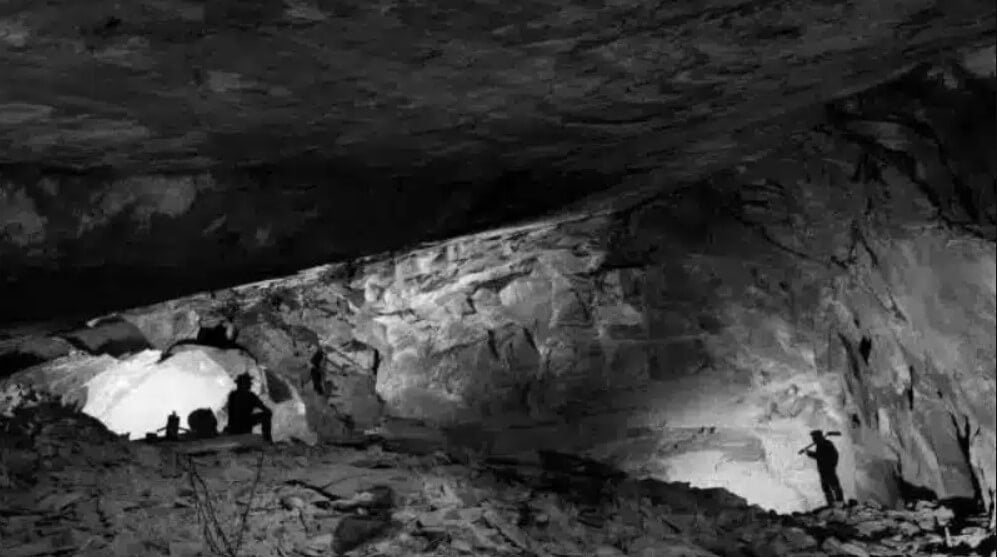Located in the stunning Cumbrian hills, Honister Slate Mine is not only a host to an array of exciting climbing experiences and thrill-seeking activities, it is also the last working slate mine in England. Mine activity has been taking place in Honister for almost three-hundred years, with slate first mined in 1643. Today, you can take a slate mine tour and see the remnants of century-old mine activity, gaining a profound appreciation and connection with our past history in the process. Discover the history of Honister’s slate mine and learn more about why Honister’s slate mine tour is so valuable to see in person.
Beginnings
Honister Slate Mine is situated in the Borrowdale valley, which is surrounded by some of the highest peaks in England. The area is known for its unique geology, which includes large deposits of volcanic rock and sedimentary slate. Whilst it has been reported that there was mine activity in Honister during the Roman Occupation, it wasn’t until the early 17th century when local farmers began to notice the presence of slate in the area, and they started to quarry the stone for their own use.
By the time of the 18th century, slate had become a valuable commodity, and the local population began to see the potential for the slate quarries to become a significant industry. The first documented slate mine in the area was opened in 1728, and mine activity was operated by the Fleming family. The mines were relatively small and were worked by hand, using simple tools such as picks and shovels.
Modernisation
In the early 19th century, the Honister Slate Mine was purchased by the Greenhow family, who developed the mine into a more extensive operation. The Greenhow’s introduced new technology and machinery to the mine, including steam engines and water-powered saws. The expansion of the mine’s activity led to an increase in production, and Honister slate became a popular building material for buildings and roofing throughout England.
However, during the 20th century, Honister Slate Mine faced significant challenges due to changes in the construction industry and the impact of World War II. In the 1920s and 30s, many builders started to use cheaper materials such as concrete and asphalt, which reduced the demand for slate. Despite these challenges, Honister Slate Mine continued to operate, and in the post-war years, the demand for slate gradually began to increase again and the slate mine saw a resurgence in business, with new investments made to modernize the equipment and facilities.
Tourism At Honister Slate Mine
In the 1990s, the mine was purchased by a group of local investors who saw the potential for the site to become a popular tourist destination. They invested in new facilities, including a visitor centre and a café, and began offering slate mine tours to the public.
Today, Honister Slate Mine is a thriving tourist attraction, offering visitors a unique opportunity to learn about the history of slate mining in the area and to see the quarrying process in action, with fun and informative slate mine tours, as well as numerous climbing and other thrill-seeking activities.
Honister Slate Mine is an important part of the cultural and industrial heritage of the Lake District, a testament to the ingenuity and resilience of the local community, who have worked hard to ensure that the mine continues to thrive, despite the many challenges that it has faced over the years.
Get in touch today to find out more about slate mine tours, climbing experiences, or Honister’s rich history.

